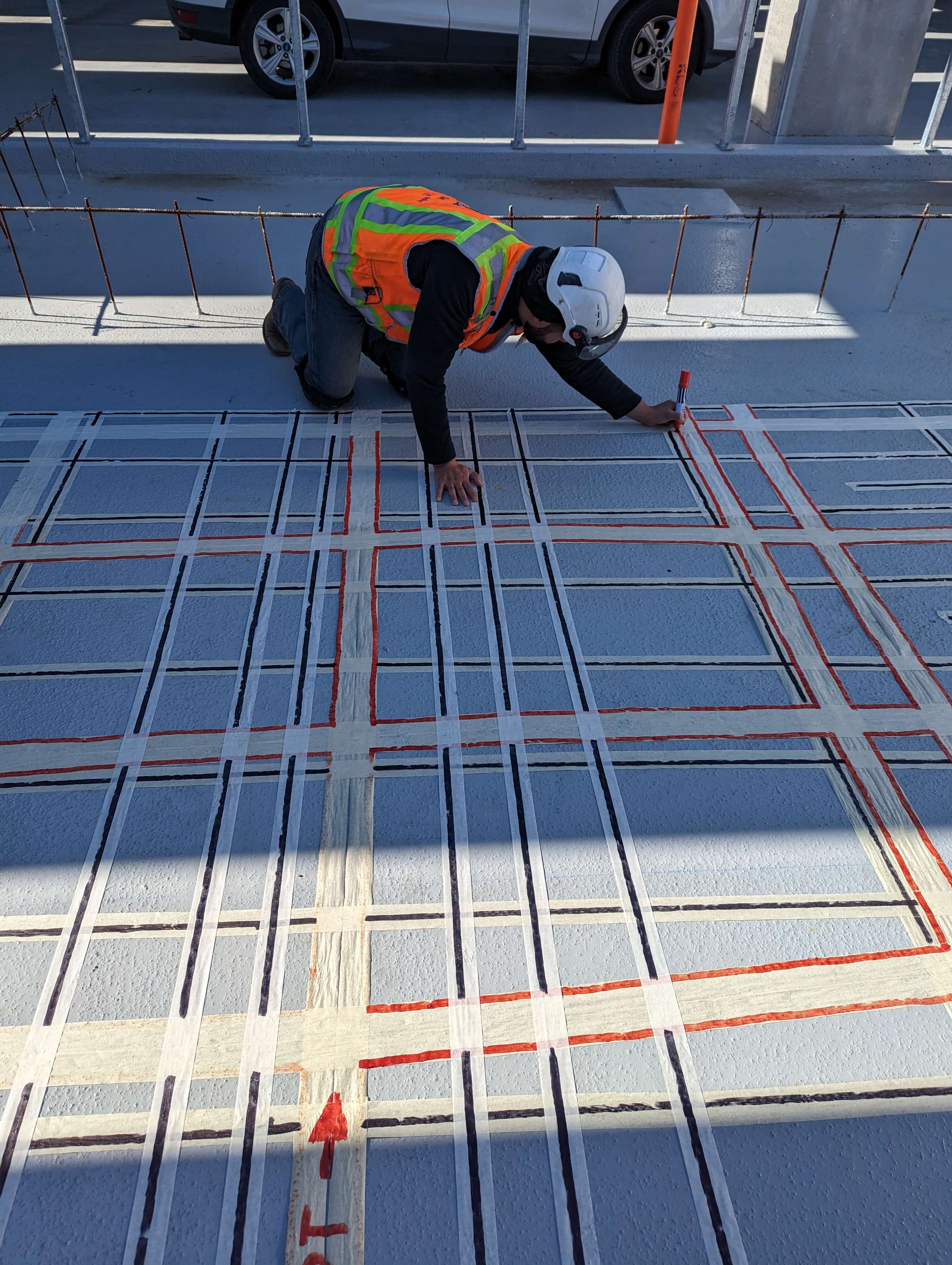Past the Surface Area: Leveraging Advanced Concrete Scanning Techniques for Unmatched Accuracy and Insight
In the realm of building and construction and infrastructure maintenance, the pursuit for accuracy and thoroughness is incessant. Advanced concrete scanning techniques have actually become important devices in this search, providing a glance under the surface to introduce a world of vital insights. By using cutting-edge modern technologies, specialists can reveal abnormalities, examine the condition of concrete structures, and make educated decisions that shape the program of jobs. The implications of these methods prolong far beyond mere surface-level assessments, promising a deepness of accuracy and understanding that is unmatched.
Relevance of Advanced Concrete Scanning
The significance of using sophisticated concrete scanning techniques hinges on the exceptional precision they supply for identifying sub-surface abnormalities and making certain architectural honesty. By employing innovative technologies such as ground-penetrating radar (GPR), electro-magnetic induction, and advanced sonar imaging, building and construction professionals can delve beneath the surface of concrete frameworks with a degree of accuracy that far surpasses traditional assessment methods. Concrete Scanning. These techniques enable the recognition of concealed dangers like rebar deterioration, gaps, conduits, or post-tension cable televisions that might jeopardize the security and safety and security of a framework in time
Furthermore, progressed concrete scanning gives indispensable understandings into the overall condition of a concrete element without the demand for intrusive steps, minimizing the threat of creating damages during the evaluation process. The capability to identify the precise place and depth of possible issues permits targeted repairs and upkeep, ultimately prolonging the life expectancy of the structure and optimizing its performance. In significance, the value of sophisticated concrete scanning can not be overemphasized in the world of construction and facilities upkeep, where accuracy and dependability are vital.
Sorts Of Cutting-Edge Technologies

Anomalies and Issue Discovery

In enhancement to GPR, concrete scanning techniques like thermography and impact-echo testing are additionally effective in detecting problems and abnormalities. Thermography utilizes infrared technology to identify variants in surface temperature level, suggesting prospective locations of concern such as delamination or wetness access. On the other hand, impact-echo screening entails assessing acoustic actions to identify spaces, fractures, and other problems within the concrete. By leveraging these sophisticated techniques, specialists can proactively attend to structural concerns, making sure the long life and safety of concrete structures.
Assessing Concrete Condition
Exactly how can engineers properly assess the condition of concrete frameworks to ensure their long life and security? Evaluating the concrete problem is an essential aspect of preserving framework honesty. Different advanced concrete scanning methods are employed YOURURL.com for this function. Ground-penetrating radar (GPR) is commonly utilized to analyze the inner framework of concrete, identifying gaps, fractures, and various other anomalies that might endanger its stamina. In addition, impact-echo testing can give understandings right into the density and honesty of concrete components. Ultrasonic pulse speed testing is an additional useful technique for assessing concrete top quality by measuring the speed of acoustic waves via the material.
Combining non-destructive screening methods with aesthetic evaluations permits for a detailed assessment of concrete condition, allowing designers to identify potential concerns early on and apply prompt upkeep or repair work. By leveraging these innovative techniques, designers can guarantee the lasting toughness and safety and security of concrete frameworks.
Enhancing Decision-Making Processes
In the realm of infrastructure monitoring, enhancing decision-making procedures is essential for ensuring the reliable maintenance and long life of concrete frameworks. Boosted decision-making procedures in concrete management involve making use of advanced scanning methods to gather thorough data on the condition of frameworks. By leveraging innovations such as ground-penetrating radar and 3D imaging, stakeholders can make educated decisions concerning replacement, support, or repair work strategies.
These advanced scanning methods supply very useful insights into the internal make-up of concrete, identifying potential concerns such as gaps, splits, or deterioration that might not show up externally. This degree of in-depth details permits aggressive upkeep planning, reducing the risk of architectural failures and increasing the total lifespan of concrete frameworks.
Furthermore, by integrating electronic documents and analysis tools right into the decision-making process, stakeholders can track the development of concrete problems over time, enabling predictive maintenance methods and optimizing resource allowance. Ultimately, the combination of sophisticated concrete the original source scanning strategies enhances decision-making procedures by providing unparalleled precision, understanding, and efficiency in facilities administration.
Verdict
Finally, progressed concrete scanning techniques provide unparalleled precision and understanding in detecting abnormalities, problems, and examining the problem of concrete structures. By leveraging sophisticated technologies, decision-making processes can be enhanced, resulting in even more our website effective and enlightened services for maintaining and fixing concrete framework. These techniques play a vital role in making sure the security and longevity of concrete frameworks, making them a crucial device in the area of construction and engineering.
Moreover, progressed concrete scanning gives invaluable insights right into the total problem of a concrete component without the need for invasive steps, lessening the danger of triggering damages throughout the assessment procedure - Concrete Scanning. Another innovative modern technology is 3D X-ray scanning, which provides comprehensive images of the inner framework of concrete, providing valuable details without the requirement for damaging screening. Furthermore, Concrete Cover Meters are utilized to gauge the thickness of concrete cover over reinforcement bars precisely. Enhanced decision-making procedures in concrete monitoring involve making use of advanced scanning strategies to gather in-depth information on the condition of structures.In conclusion, advanced concrete scanning strategies provide unrivaled accuracy and understanding in spotting anomalies, defects, and examining the problem of concrete structures
Comments on “Comprehensive Overview to Concrete Scanning Technologies”